Over the past two years Sigma has easily been the most prolific lens developer on Sony FE and Leica L. We went from no full frame options from Sigma on Sony’s mirrorless platform two years ago to some 25 lenses just a few years later. And, while I tend to look at these lenses from a Sony slant (I don’t cover Leica L-mount), often these iSeries lenses (a lineup of compact prime lenses that debuted in late 2019) are designed even more with Leica cameras in mind. Compact lenses are even more desirable on compact cameras, and while Sony does have the compact a7C full frame camera, there are a variety of L-mount supporting compact cameras, including some from Sigma itself. The newest lens to join the growing ranks of the compact iSeries lenses is the Sigma 20mm F2 DG DN, the widest lens yet in the series. If you’re interested in other focal lengths, here is the growing list of iSeries compact prime lenses all hyperlinked to my review of them.
I’ve noted that Sigma’s marketing language for the iSeries is typical marketing word salad (impressive words without much grounding in reality), but the premise for the series is sound. Sigma has recognized that there are multiple segments within the mirrorless market, and those segments have different priorities. One group wants maximum performance in aperture and optics, and these are served by Sigma’s larger ART series, but there is a secondary market who bought into the mirrorless vision of smaller and lighter while retaining the performance. This second group is the target audience for the iSeries. The iSeries lenses are beautiful crafted, very tactile, but are also much smaller and lighter than other premium lenses. I’m a fan of the premise, myself, and have liked most of the iSeries lenses quite a bit. *The tests and most of the photos that I share as a part of my review cycle of the i20 (as we’ll call it for brevity) have been done with the new Sony Alpha 1 which will serve as my benchmark camera for the foreseeable future (my review here) along with photos taken with the new Sony a7IV (my review here).
As noted, the i20 is the widest lens in the series thus far, and going wider comes with a lot of additional engineering challenges…particularly when you are trying to create a compact lens like this one. F2 is actually a fairly wide aperture at this focal length as well. Sigma does make a 20mm with an F1.4 aperture, but that lens is near a kilogram in weight (the i20 is 370g) and is over 140mm in length in Sony form (this lens is 72.4mm in length). We are talking about two radically different form factors for these two lenses, and Sigma’s goal in keeping this lens very compact pays dividends in some ways and creates additional challenges in others. I’ll do my best to detail both perspective as a part of this review.
The main threat to the i20 on the Sony side is the excellent Sony FE 20mm F1.8 G lens, which I gave a very glowing review of a few years ago. The Sony has a larger maximum aperture, less vignette and distortion, and is fairly similar in size (the Sony is 84.7mm – 12 long – and weighs 373g, which is almost identical.) The Sigma does costs about $200 less at $699 USD, which could be a deciding factor for some. There’s far less choice on the L-mount side, however, with next to no 20mm options (outside of Sigma’s own 20mm F1.4). I suspect there is more of an audience for this lens there.
I think Sigma has an uphill battle on its hands on the Sony front, but we’ll find out how the Sigma i20 stacks up in this review. Read on if you want all the details, or, if you prefer to watch reviews, you can choose either the long-format definitive review or the quick video review.
Follow Me @ Patreon | My Newsletter | Instagram | Facebook | DA Merchandise | Flickr | 500px
Thank you to Sigma Canada (Gentec) for getting me pre-release loaners of the 20mm F2 lens. As always, this is a completely independent review. The opinions here are completely my own.
Sigma i20 Build, Design and Handling
I’ve been a fan of the iSeries design philosophy. I love the all-metal construction, attention to detail, and beautiful handling. Sigma has very intentionally crafted another lens that is both aesthetically and functionally pleasing. As noted, this is an extremely compact lens, with a 70mm (2.8″) diameter and a 62mm front filter thread (in metal). The lens is 72.4mm (2.9″) in length and weighs 370g (13.1 oz).
A quick word on filter size. I don’t love the 62mm front filter thread size. It’s not particularly common, so you won’t find as many filter options at 62mm. I was testing the new NISI V7 Filter Kit at the same time, so I took some shots with the filters from the kit using the Sigma 20mm F2. The filter kit comes with a number of adapter rings so that it can work with a wide variety of lenses, but 62mm was not one of them. I had to use a step up ring from 62mm to 67mm to use the filter kit. I was actually surprised to find I even had that step up ring in my collection, as I don’t actually own any lens with a 62mm filter thread. Sigma has allowed the physical design of each lens to dictate its filter size, which is fine, but it does mean that you probably won’t be able to easily share filters across multiple lenses in the series. That’s a bit of a pain, obviously, though there are also downsides to trying to design all lenses around a common filter standard, too.
As per usual, I’m a little perplexed as to why Sigma has chosen to position the i-Series lenses under the Global Vision division of “Contemporary”. Typically the lenses branded Contemporary carry Sigma’s lowest level of build, with Sport lenses given the most robust build while Art lenses land in the middle. The build of the i-Series, however, is arguably nicer than that of the ART series, and cosmetically every bit as nice as the Sport lenses (though the Sport lenses receive a much higher degree of weather sealing). The positioning of the iSeries lenses into the Contemporary lineup may have more to do with optical design, however, as I’ve had internal discussions with Sigma employees and it seems the idea is that ART lenses should be well-corrected optically without needing a lot of software or profile corrections while Contemporary lenses may require some electronic correction to achieve optimal performance. Frankly I have not found that to be a hard and fast rule, however. Some ART series lenses still need a fair bit of correction and some Contemporary lenses need little, so I think it comes down to the unique engineering of each lens.
In many ways these i-Series lenses remind me of two things: 1) classic lenses like the SMC Takumar lenses (which I own about 5 of), and part of why I love them is their beautiful timeless construction that is all metal and glass – and – 2) cine lenses where the aperture and focus rings are raised rather than flush with the barrel and have wider, deeper ribs that accommodate gearing (something that cinematographers often do but stills photographers almost never do). We’ve got a similar design element in the i-Series.
Forget engineered plastics; the Sigma i20 is made all of metal alloys, with even the hood made of metal. The lens hood itself is a beautifully crafted piece with a great tactile feel to the metal and ribbing, and it has an added practical value that there is plenty of grip friction due to the ribbing that makes it easy to remove. It is a petal shaped hood that is reasonably deep for a wide angle lens. I appreciate that the hood doesn’t looked “tacked on”, however, and to me the lens looks completed with the lens hood in place because the design language of the lens carries on into the lens hood. There’s a nice “flow” to the design.
Sigma has adopted the inclusion of an aperture ring on many of their DN series lenses (DN indicates that the lenses is designed specifically for mirrorless, while DG designates that the lens is designed for full frame cameras). It works just like Sony G Master lenses where one has the option of selecting A (Automatic) and controlling aperture from within the camera like most lenses, but then one can also manually select aperture in one-third stop detents. There is a nice extra bit of friction between the A position and the manual section which will help avoid any inadvertent bumping between the two choices. The aperture ring (like everything on the lens) is beautifully engineered, and has very precise, definite movement and feel for each of the detents. Some people question the necessity of an aperture ring (particularly one that cannot be declicked for video aperture racking), but I can say for myself that I personally strongly prefer to have an aperture ring even for stills. I find it helps me to be more intentional about the use of aperture and plan in advance for what aperture will best suit my shot.
Another solid addition is the AF/MF switch on the side of the barrel. This is something that many mirrorless lenses lack, but I still find an actual physical switch the quickest and easiest way to move between autofocus and manual focus. The F2 lenses like this one have the AF/MF switch mounted transversely, which fits better in the space allotted on these compact lenses. A subtle positive touch here is that the paint exposed when in AF is white, while the exposed paint when in MF mode is black. It’s a quick visual clue.
There is also a manual focus ring. The focus ring, like the aperture ring, is a “by-wire” system, meaning that input on either the focus ring or the aperture ring is electronically communicated rather than through a direct mechanical coupling. This means that input on the focus ring or the aperture ring will not create any physical changes unless the lens is attached to a camera and powered on. The focus ring has a nice feel to it, and Sigma has done a good job emulating traditional manual focus. It is worth noting that Sigma has released a firmware update for its L-mount lenses that enables the user to have control over whether the focus ring operates in a linear or non-linear fashion.
Like most of the iSeries lenses, Sigma is leveraging the all-metal construction to give consumers an option when it comes to the front lens cap. There is a traditional pinch-style plastic lens cap included, but the lens also ships with a magnetic cap that pops easily into place. I find that it works better if you are using the lens without the hood, as reaching in to remove it with the hood fixed is quite difficult. I’ll confess that for me, personally, the magnetic caps have proved more gimmick than revolutionary, and I just use the traditional pinch cap. Your mileage may vary, of course.
The lens does have a weather sealing gasket, though there are no other internal seals in the lens. There is no image stabilization (though almost no prime lenses do, so I don’t exactly look for it). You’ll have to rely on IBIS if your camera is so equipped.
The aperture iris has nine rounded aperture blades, and this helps keep the aperture shape fairly circular when stopped down.
You can see that there is a bit of the typical geometric deformation (cat eye effect) towards the edge of the frame.
Minimum focus distance here is 22cm or 8.7″. While that is a close focusing distance, the wide angle of view from the lens limits the amount of magnification to a ratio of 1:6.7, or 0.15x. That’s lower than the 0.20x of the Sony 20mm F1.8 and much lower than the 0.50x of the Tamron 20mm F2.8 OSD. Here’s what MFD looks like:
Magnification isn’t particularly high, but the up close results are pretty good. Contrast is strong and the plane of focus is surprisingly pretty flat.
Getting close with a wide angle lens can produce a lot of perspective distortion (exaggeration of whatever is closest to the lens), but sometimes that can be used in advantageous ways.
This is far from a macro lens, but the close MFD does add flexibility for when using the lens for video from a gimbal.
I’m a fan of the iSeries design formula, and the i20 is no exception. It feels beautiful in the hands, and both the aperture and manual focus rings move nicely. I really value compact lenses that are also well-made and high performing, as they tend to be the lenses that I reach for most often for practical reasons.
Sigma 20mm F2 DN Autofocus Performance
Like other Sigma iSeries lenses, the Sigma 20mm F2 utilizes a stepping focus motor that makes fast, quiet focus changes. During my focus pull test I heard no focus noise despite working in a near silent environment. Focus breathing is mild as well, with only small changes of size relative to focus position.
My stills focus accuracy was very good, with no issues in achieving proper focus in a variety of situations.
20mm isn’t a common portrait focal length, though it can be a nice compliment to telephoto lenses for when you want to include a lot of the environment. Eye AF tracking seemed to be fine when I was close enough for the eye to be large enough in the frame to track, but most of the time you’ll see less eye tracking with a lens this wide. That’s not really a problem, though, as depth of field dictates that if a person is in focus, their face and eye will also be in focus.
I got good Animal Eye AF results up close, though, even when shooting through the Christmas tree to Loki doing his best “puss in boots” impression.
You can see excellent focus up close on the snowflakes on the pine needles.
Sigma has delivered another compact lens with a solid focus system.
Sigma i20 Image Quality
So how about the image quality? The i20 is extremely sharp and is capable of producing excellent, highly detailed results with good color and contrast even on a very high resolution (50MP) Sony Alpha 1, though there a few flies in the ointment.
We’ll explore the details together, starting by a look at distortion and vignette. All chart tests done with a Sony Alpha 1 (50 MP) using a tripod and a two second timer.
I was immediately reminded of my review of the Tamron 20mm F2.8 OSD lens. It too was extremely sharp but suffered from severe barrel distortion. The biggest challenge here is not the quantity of distortion (though that is high; I had to use a +22 to correct it) but rather the complexity of the distortion. You can see a pronounced mustache pattern that remains after correction. I’m assuming that the standard lens profile will do a cleaner job (I did my review with a pre-release copy so no profiles exist), but I did note that the corrected JPEG file from the camera was still imperfect:
You are definitely going to need correction if there are straight lines in your shot…particularly if those lines fall near the edges of the frame where the distortion is more pronounced.
That bridge is supposed to be straight, just in case you were wondering! That’s a RAW image without any correction added.
Vignette is also extremely heavy at F2 (again, even in the corrected JPEG). I had to dial in a +88 and slide the midpoint over to zero. I particularly noted that the vignette penetrated so deeply and heavily into the image frame that it seemed to impact exposure. I also found that while vignette improves as you stop down the lens, it never quite disappears. I did my review during winter, obviously, and snowy scenes really punish vignette. You can still seem some darkness in the corners of this image at F5.6:
I love this F2 shot in general, as the winter alpenglow colors were gorgeous, but the vignette pretty much dominates the image.
The look of the vignette reminds me of the heavy handed editing style of newer photographers. This distortion and vignette is clearly the byproduct of Sigma’s engineers emphasizing compact size over stronger corrections, though, again, the Sony G lens is almost the same size and has better control of both issues.
Things start looking up from here, however. I felt like chromatic aberrations were well controlled even on this particular torture test which consists of white numbers and letters etched into a black lens barrel…in bright sunlight.
Likewise lateral chromatic aberrations are well controlled in the bare branches along the edges of the frame.
A mixed bag to start with. We see both extreme strengths and weaknesses.
So how about resolution and contrast? Here’s a look at my test chart:
And here are the crops from the center, mid-frame, and extreme corner at F2. Contrast and resolution are excellent across the frame, with a nice, strong performance everywhere I look.
I was also pleased with the centering of the lens, as it looked equally good in all four corners.
Every lens has a different personality, and this one definitely biases towards strong contrast and resolution. It has a lot of “bite”, which means it will work better for those who prefer a high contrast look. Others might find this type of rendering less pleasing (out of focus areas and skin tones are going to skew slightly harsh).
In real world shots the amount of detail at F2 is impressive, whether shooting at infinity:
Or much closer.
Stopping down to F2.8 and smaller further increases contrast and detail, though there are little gains to be had past f4. That’s not a negative, however, but rather a reflection that the lens achieves its very high sharpness early on. There’s little difference to be seen even deep into the frame if I compare F2.8 and F5.6:
That means that you can use aperture to control depth of field without having to stop down simply to achieve maximum sharpness. I still would typically choose F5.6 to F8 for landscape work, but that’s more because I would want as much in focus as possible. Minimum aperture is F22, but diffraction really limits contrast by that point, so I wouldn’t recommend shooting at minimum aperture unless absolutely necessary. There’s much more contrast even at F2 than there is at F22.
It is rare that a 20mm lens is going to be a “bokeh making machine”, and that’s true here. That is compounded by this lens’ bias towards sharpness and contrast, which tends to produce busier backgrounds. Here’s a prime case in point:
Bokeh can be subjective, however, so here’s a few other examples so that you can draw your own conclusions:
Flare resistance is very good. I used the i20 over a period of extreme cold, which, here in Ontario in the winter means bright and sunny. I saw next to no flare artifacts of either the veiling (loss of contrast) or ghosting (blobs of color) variety. The lens maintained excellent contrast regardless of the aperture I chose.
I was able to test coma and found a very good result in terms of coma control even at F2. Star points are crisp across the frame.
The challenge for astrophotography is the extreme vignette. When you significantly raise the shadows in a dark scene you run the risk of introducing extra noise. That keeps this lens from being a top pick for astro work, but at the same time it is certainly capable of producing decent results – so use it if you buy it!
I found color rendition to be very good from the lens. The color tone is nicely neutral, and colors have a good saturation level that is further helped by the strong contrast.
As noted, I did use the i20 with some NISI filters to get some long exposures. The lens performed well with the filters, though getting long exposure subjects is a little tough when everything is frozen solid!
This is a great landscape lens with great detail, color, and contrast…so long as your landscapes don’t have too many straight lines!
Pairing the Sigma 20mm F2 with a high resolution camera is going to give you a combination where you can do deep crops and still retain a lot of information. It also gives you great looking video footage as well.
As I said previously, the i20 is a curious mix of excellent strengths and a few potentially fatal weaknesses. You can see more photos by checking out the lens image gallery here.
Conclusion
The Sigma 20mm F2 DG DN is an interesting addition to Sigma iSeries lineup. I loved the 24mm F2 from the series and felt it had few flaws, but that’s less true here. The i20 is a combination of excellent performance in some metrics and serious optical compromises in others. While I am impressed that Sigma has managed to keep a lens with this focal length and this aperture value nice and compact, I can’t help but note that Sony already did something similar (and with a slightly larger aperture).
The strong distortion and heavy vignette drag down an otherwise excellent optical performance. The lens is very sharp, has amazing contrast, and delivers excellent coma, flare, and chromatic aberration control. Autofocus worked well for me, and I’m always partial to the build and physical design of the iSeries lenses. The question for potential buyers will be if the great strengths are enough to outweigh the weaknesses.
Your level of interest in this lens will probably vary depending on the camera system you’re considering it for. L-mount options at or near this focal length are few and far between, which makes a compact and high performing prime at a reasonable price of $699 USD an interesting addition there. The competition on the Sony side is stiffer, however, and I’d be hard pressed to recommend the Sigma over the Sony FE 20mm F1.8 G unless that $200 difference in price is a deal breaker. If you can live with its flaws, however, the Sigma 20mm F2 DG DN is certainly capable of giving you some excellent images.
Pros:
- Beautiful, feature rich construction
- Includes some weather sealing
- Fast, quiet autofocus
- CA is well controlled
- Excellent sharpness and contrast across the frame even wide open
- Very strong flare resistance
- Good coma control
- Extremely compact size
- Reasonable price
Cons:
- Heavy and complex barrel distortion
- Strong, persistent vignette
- 62mm filter thread is somewhat unusual
- The Sony 20mm F1.8 G exists
Gear Used:
Purchase the Sigma 20mm F2 DG DN @ B&H Photo | Amazon | Camera Canada | Amazon Canada | Amazon UK | Amazon Germany | Ebay
Purchase the Sigma 24mm F2 DG DN @ B&H Photo | Amazon | Camera Canada | Amazon Canada | Amazon UK | Amazon Germany | eBay
Purchase the Sigma 24mm F3.5 DN @ B&H Photo | Amazon | Camera Canada | Amazon Canada | Amazon UK | Amazon Germany
Purchase the Sigma 35mm F2 DG DN @ B&H Photo | Amazon | Camera Canada | Amazon Canada | Amazon UK | Amazon Germany | Ebay
Purchase the Sigma 65mm F2 DG DN @ B&H Photo | Amazon | Camera Canada | Amazon Canada | Amazon UK | Amazon Germany | Ebay
Purchase the Sigma 90mm F2.8 DG DN @ B&H Photo | Amazon | Camera Canada | Amazon Canada | Amazon UK | Amazon Germany | eBay
Purchase a Sony a7C @ B&H Photo | Amazon | Camera Canada | Amazon Canada | Amazon UK | Amazon Germany | Ebay
Purchase the Sony Alpha 1 @ Camera Canada | B&H Photo | Amazon | Amazon Canada | Amazon UK | Amazon Germany | Ebay
Purchase a Sony a9M2 @ B&H Photo | Amazon | Camera Canada | Amazon Canada | Amazon UK | Amazon Germany | Ebay
Sony a9 Camera: B&H Photo | Amazon | Camera Canada | Amazon Canada | Amazon UK | Amazon Germany | Ebay
Sony a7RIV Camera: B&H Photo | Amazon | Camera Canada | Amazon Canada | Amazon UK | Amazon Germany | Ebay
Buy DA Merchandise https://bit.ly/TWIMerch
Peak Design Leash Strap: Peak Design Store | B&H Photo | Amazon | Amazon Canada | Amazon UK
Adobe Photoshop Creative Cloud 1-Year Subscription
Exposure Software X6 (Use Code “dustinabbott” to get 10% anything and everything)
Visit Dustin’s Amazon Storefront and see his favorite gear

Purchasing your gear through B&H and these links helps fund this website and keeps the articles coming. You can also make a donation here if you would like. Visit my Amazon page for some of my gear of choice! Thank you for your support.
Great News! I can now offer a 5% discount on all purchases at Amplis Foto, Canada’s Leading Photographic Supplier. Please enter discount code: AMPLIS52018DA in your cart. It is good for everything in your cart, and is stackable with other coupons, too! It will take 5% off your entire order! Proceeds go towards keeping this site going and providing you with new reviews!
Check me out on: My Patreon | Sign Up for My Newsletter | Instagram | Facebook | Twitter | Flickr | 500px | Google+ |
Purchase the Sigma 20mm F2 DG DN @ B&H Photo https://bhpho.to/3AHfrnL | Amazon https://amzn.to/3uh0NCF | Camera Canada | Amazon Canada https://amzn.to/3u7x5zT | Amazon UK https://amzn.to/3g8NeN7 | Amazon Germany https://amzn.to/3GpGpSh | Ebay https://ebay.us/W0DHBz
Keywords: Sigma 20mm F2, Sigma 20mm DN, i20, Sigma 20mm f2 DN, Sigma 20 F2, Sigma 20mm F2 Review, DN, DG, F2, 20mm, Sigma, iSeries, Wide Angle, Sony, Leica, Hands On, Dustin Abbott, Real World, Comparison, Sharpness, Bokeh, Flare Resistance, Autofocus, Image Quality, Sample Images, Video, Photography, Sony a7c, Sony a9, sony a7IV, sony a7RIV, a7R3, Sony Alpha 1, Sony A1, Sony a6600

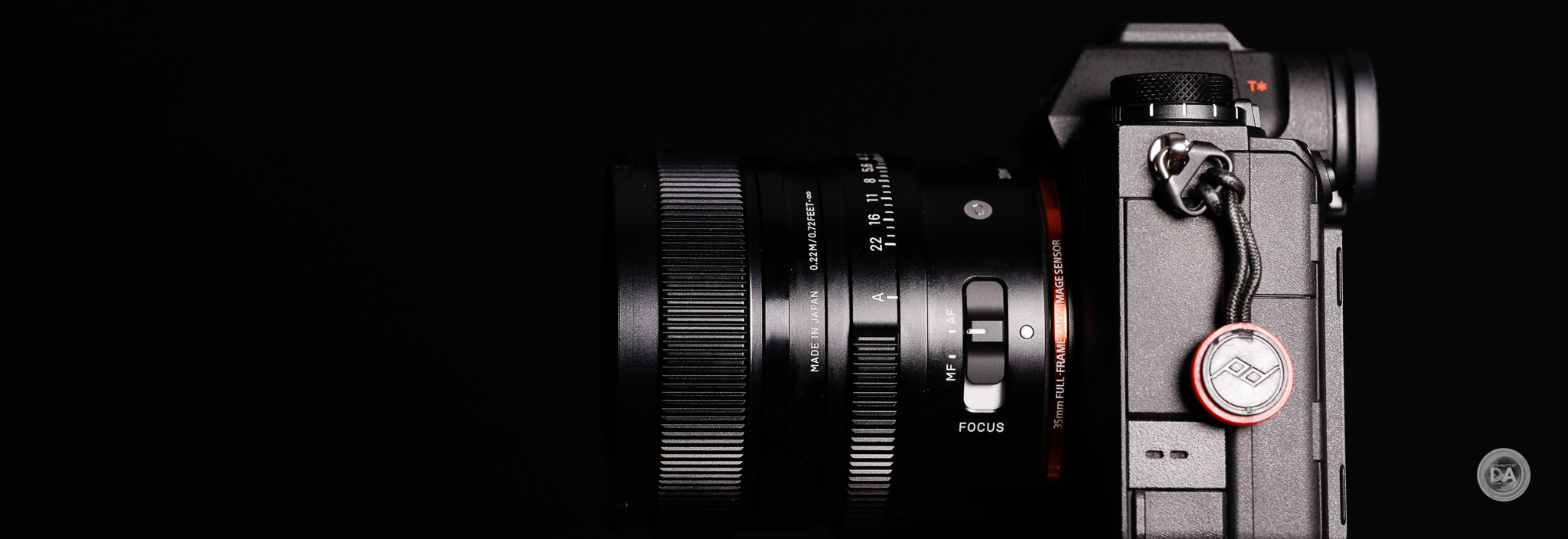

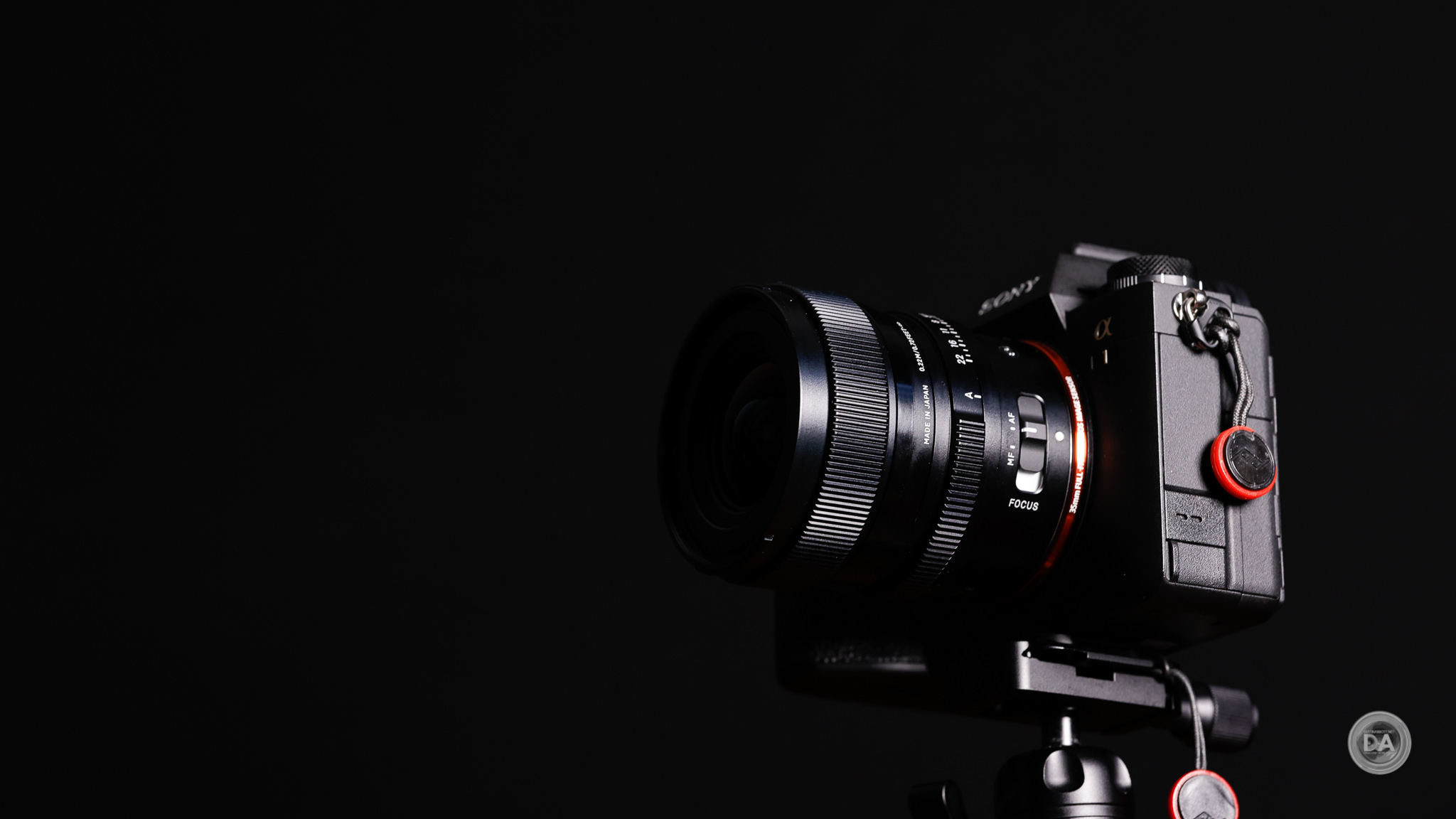

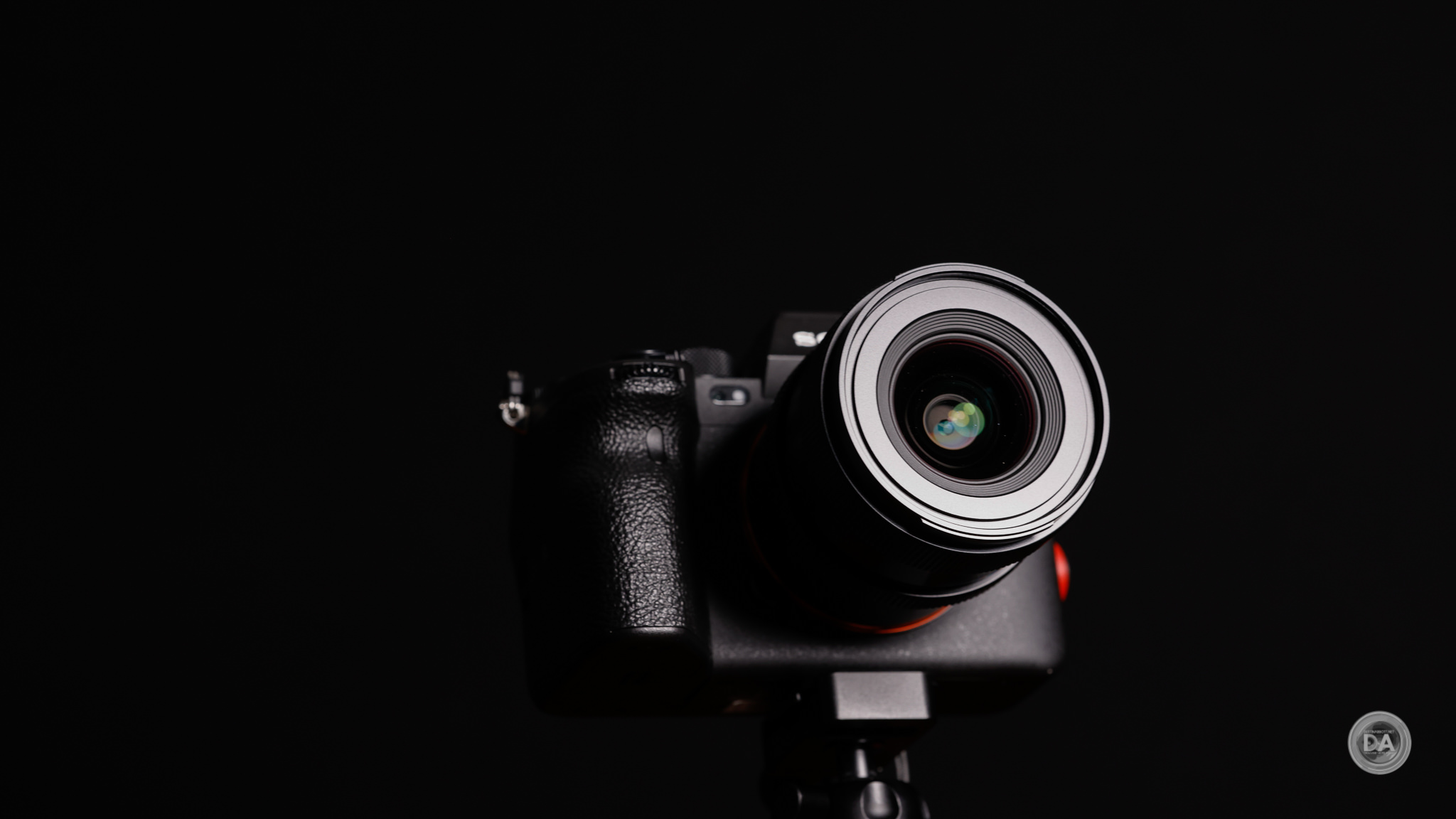
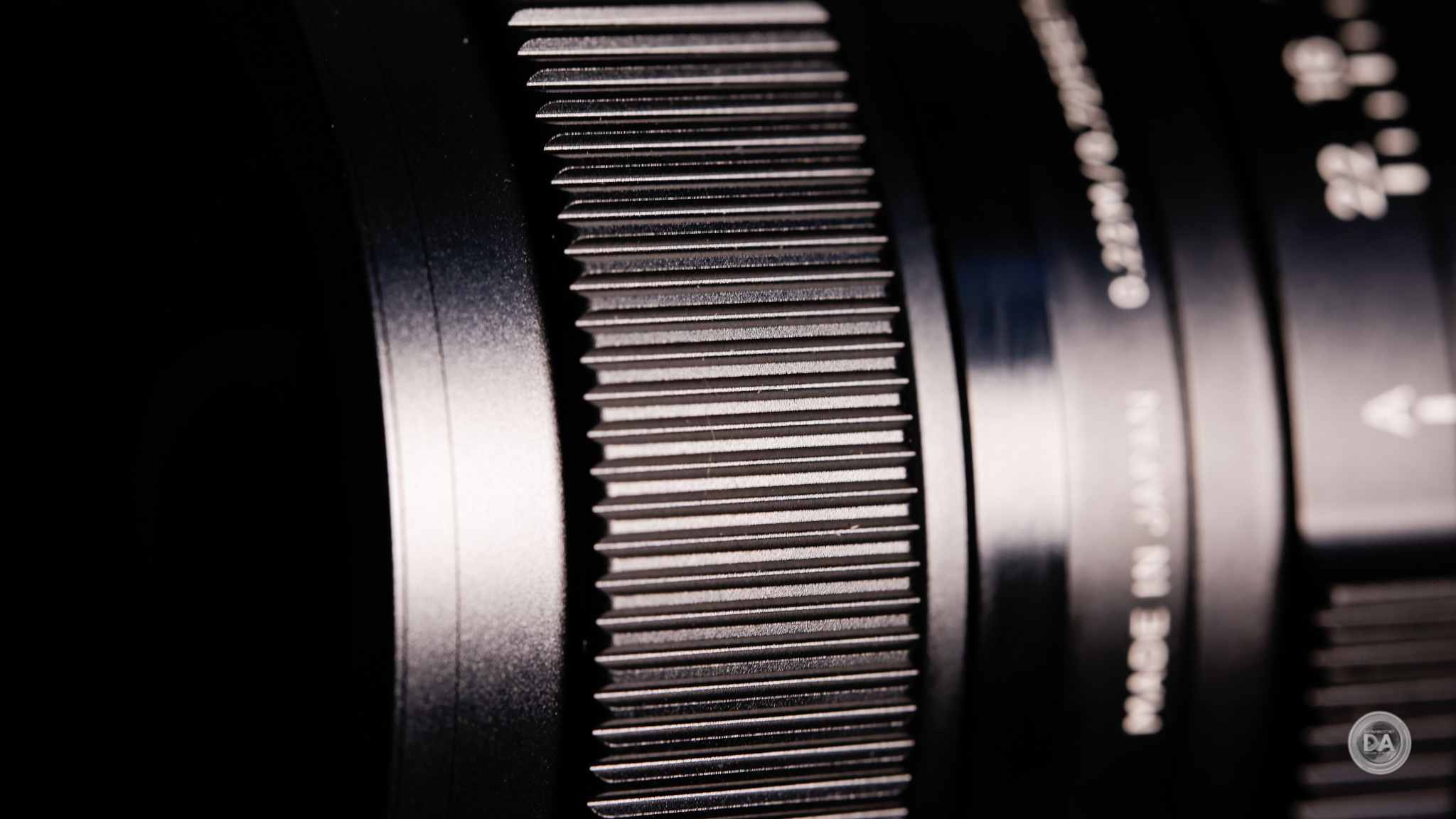
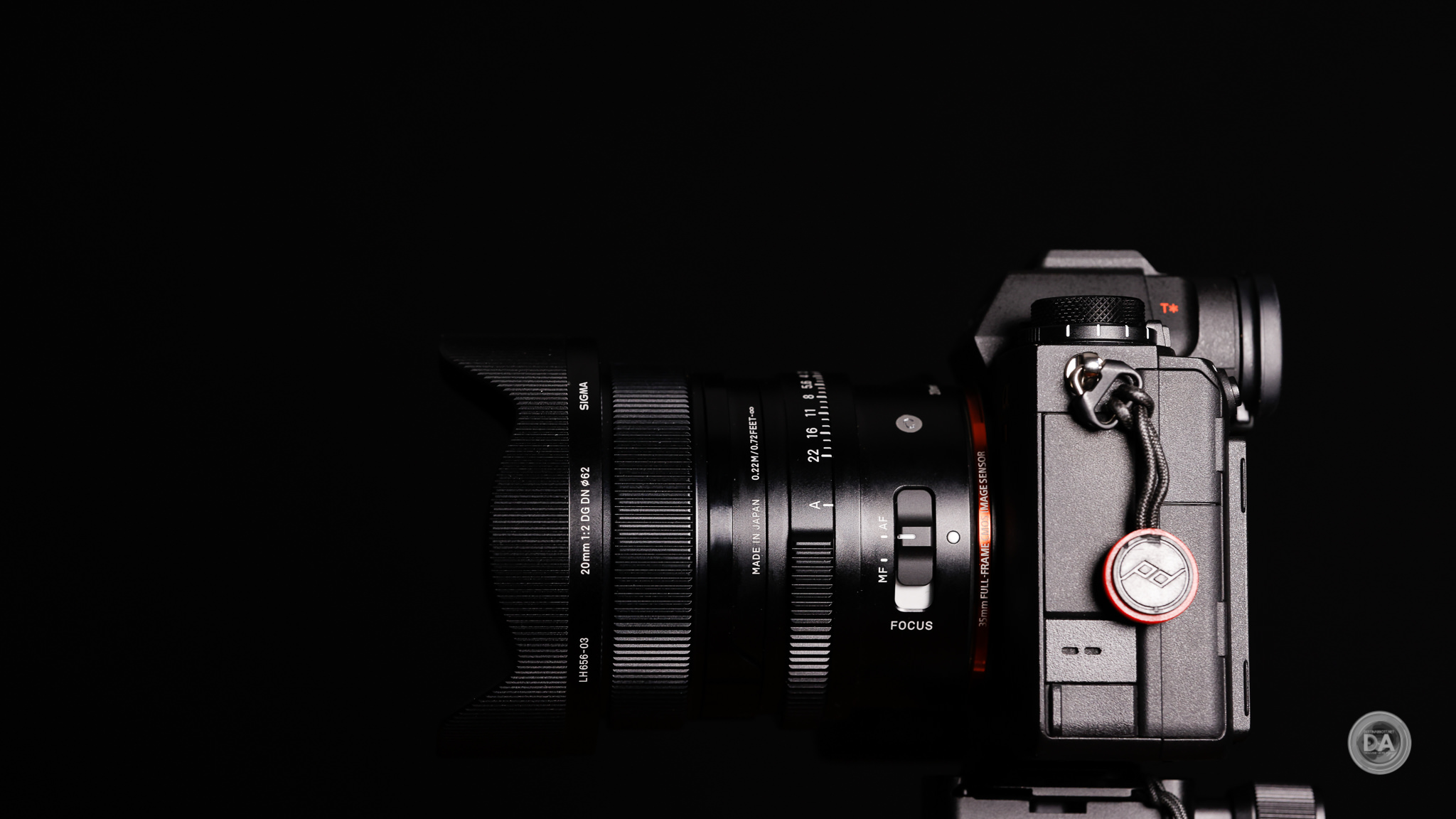

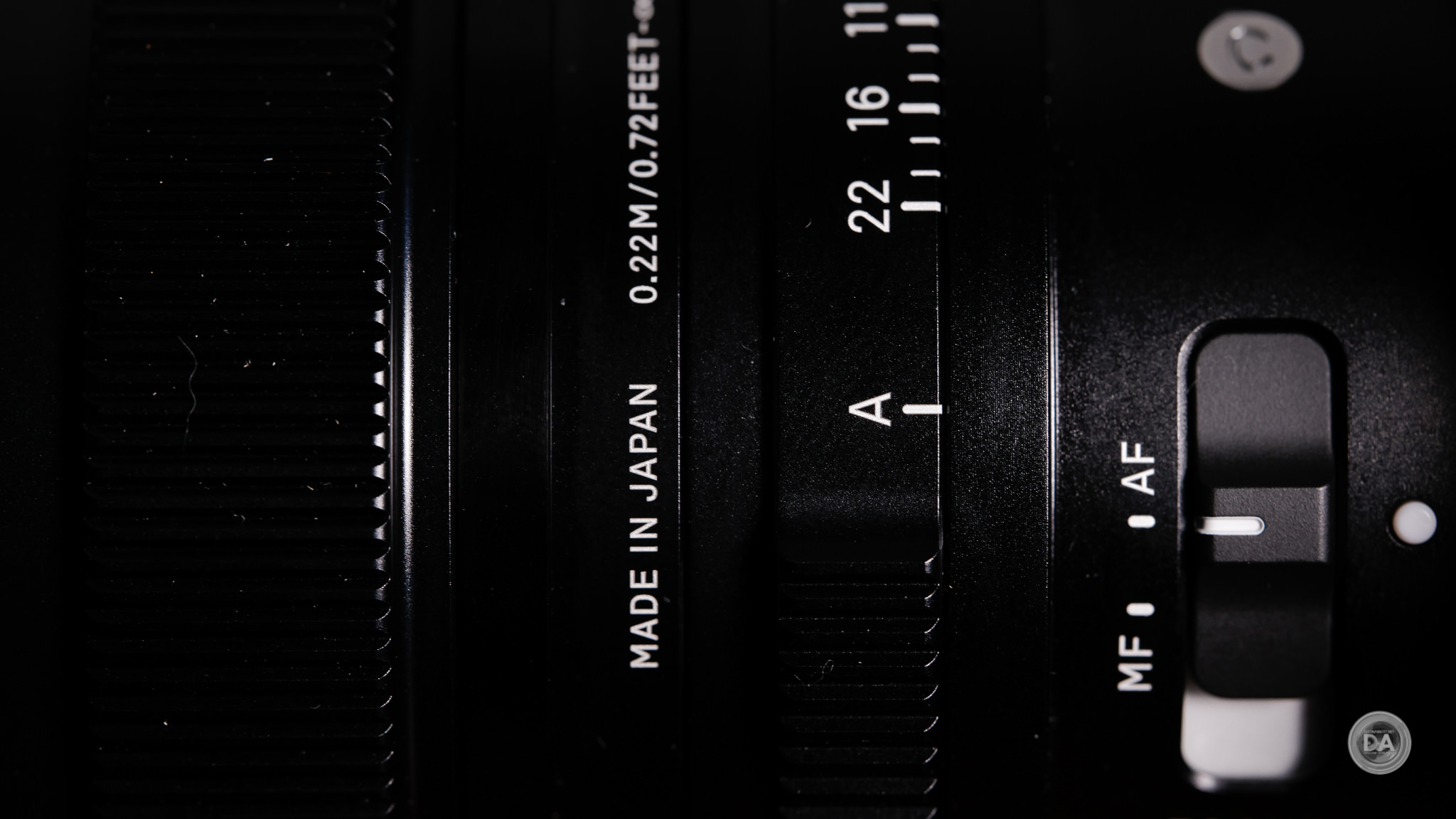
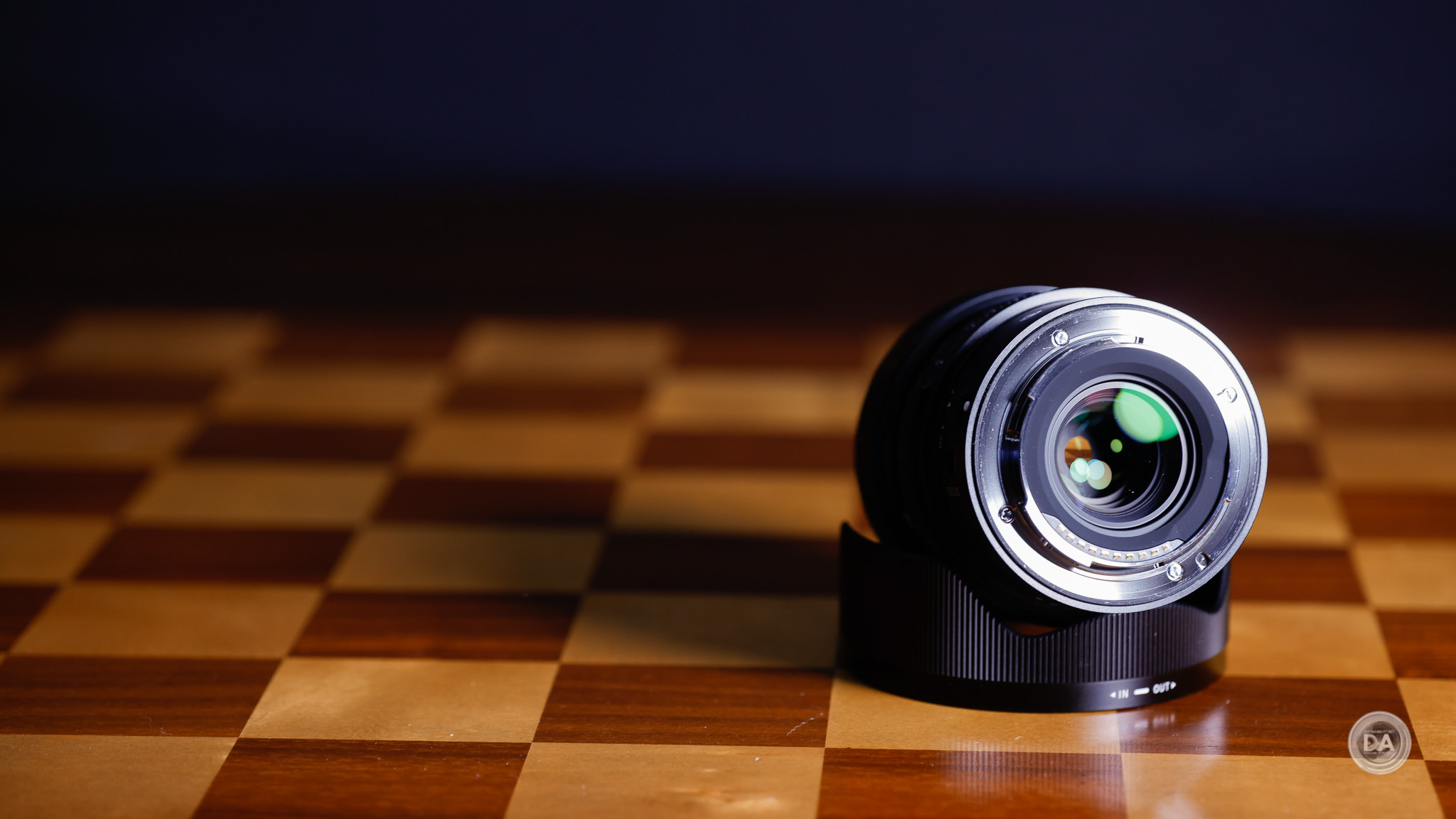

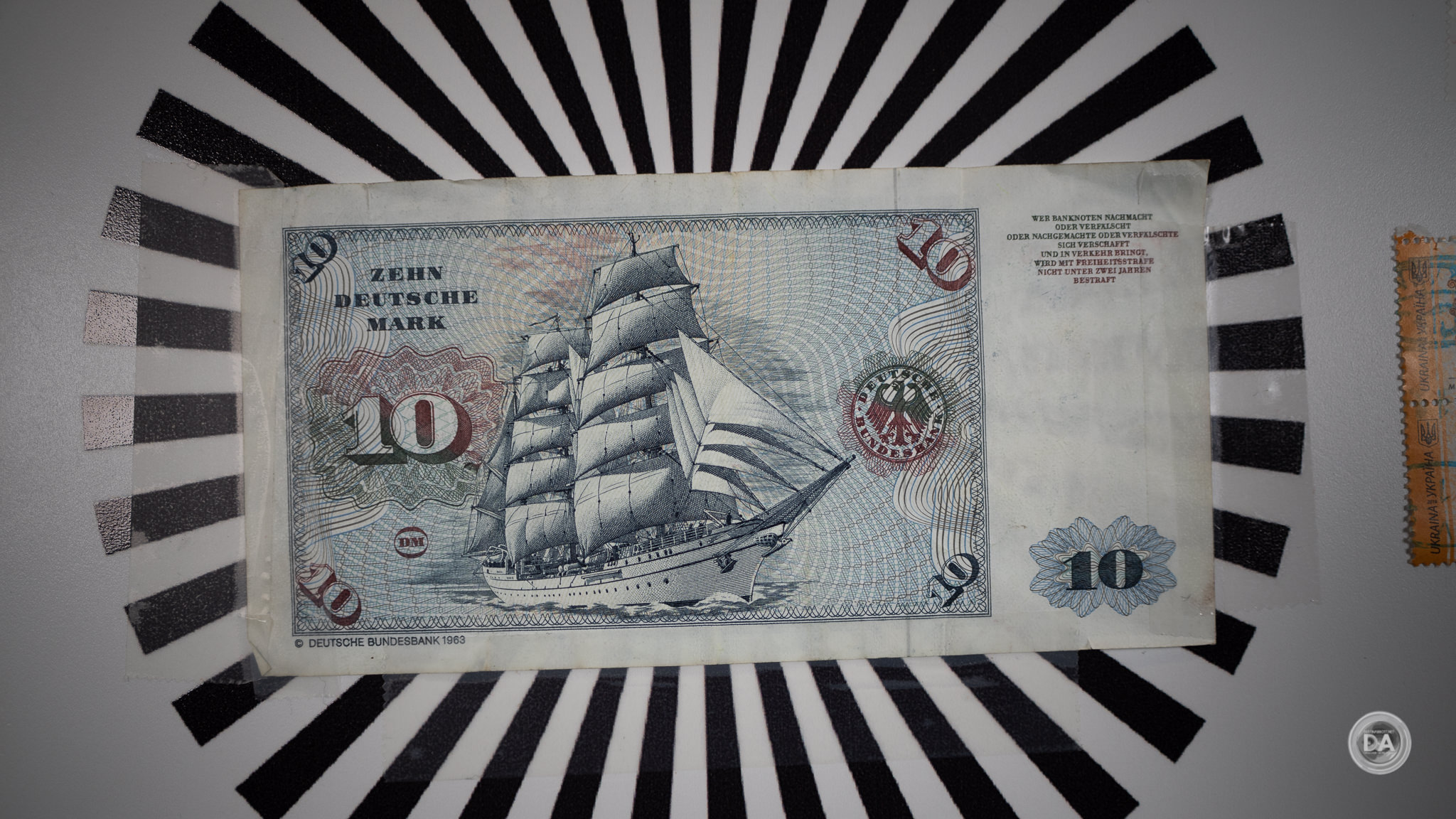



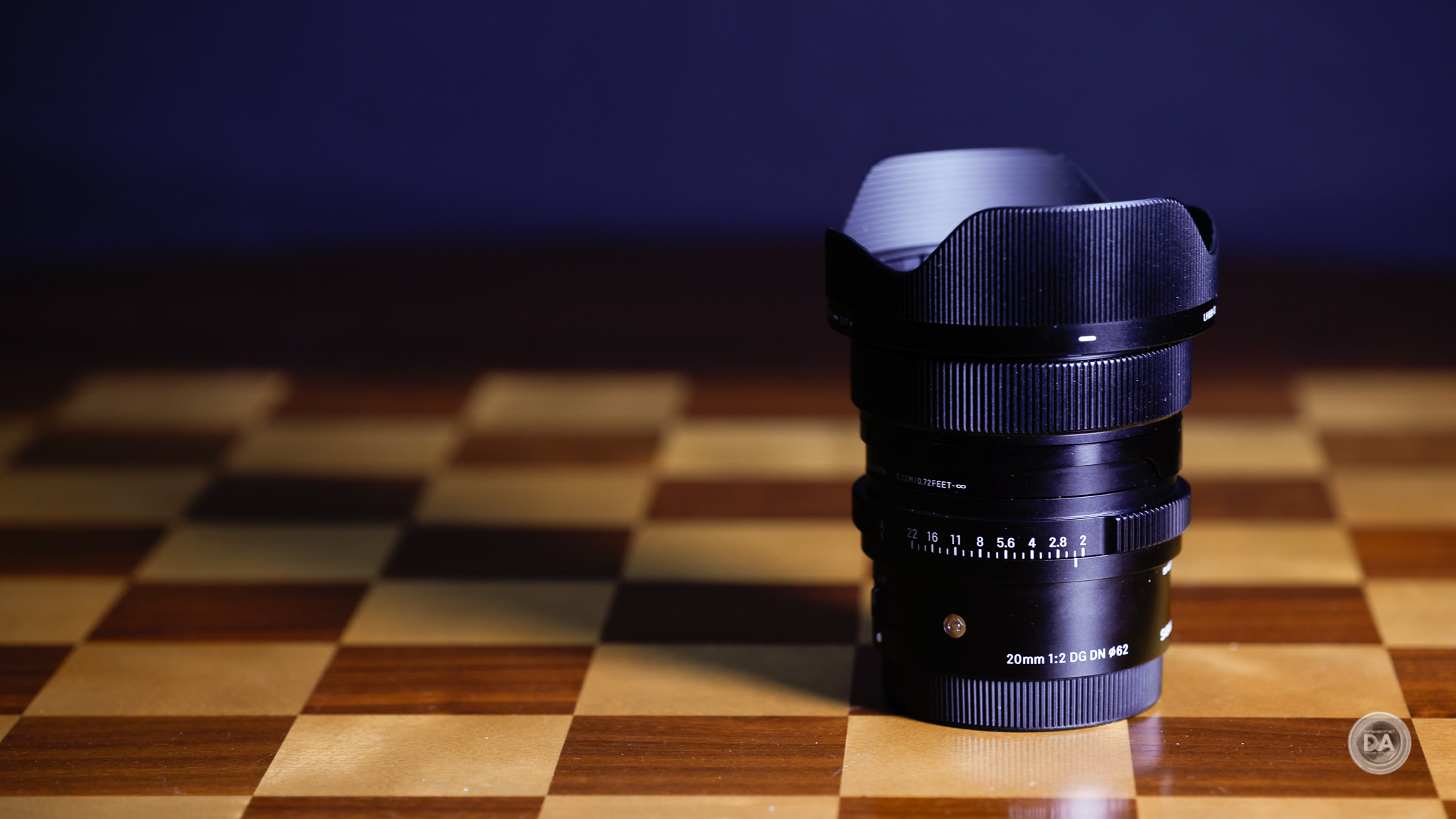





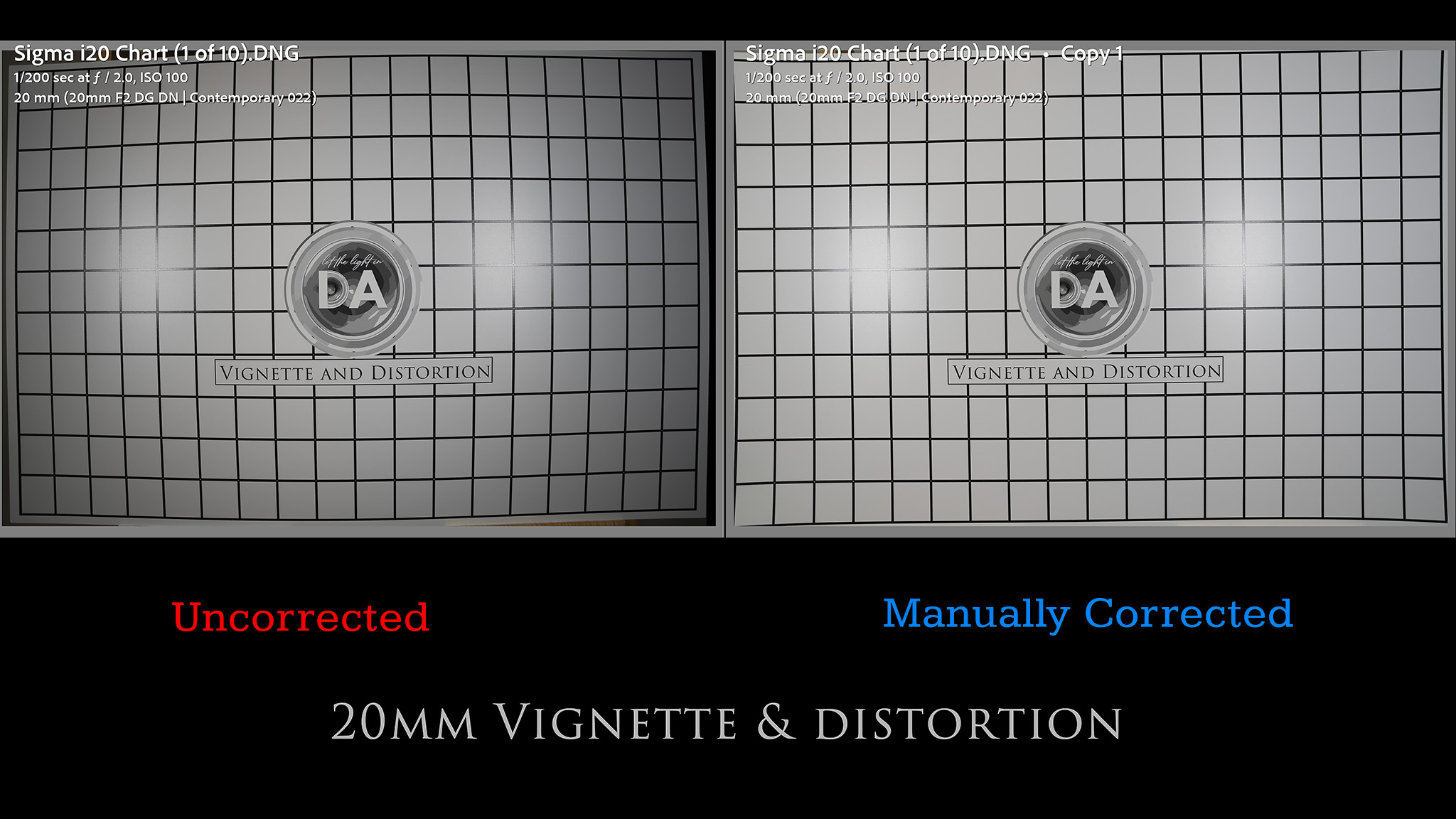
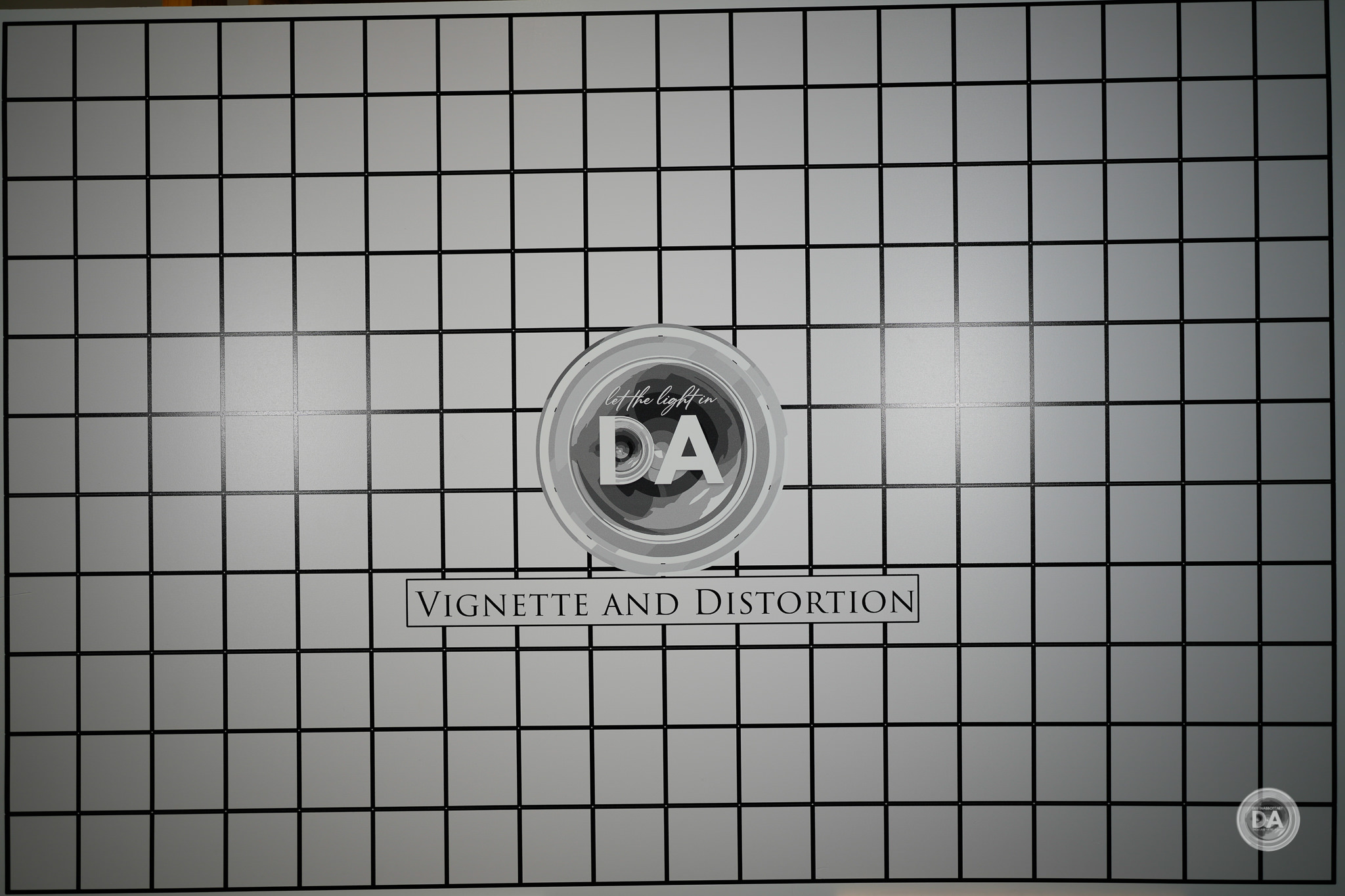



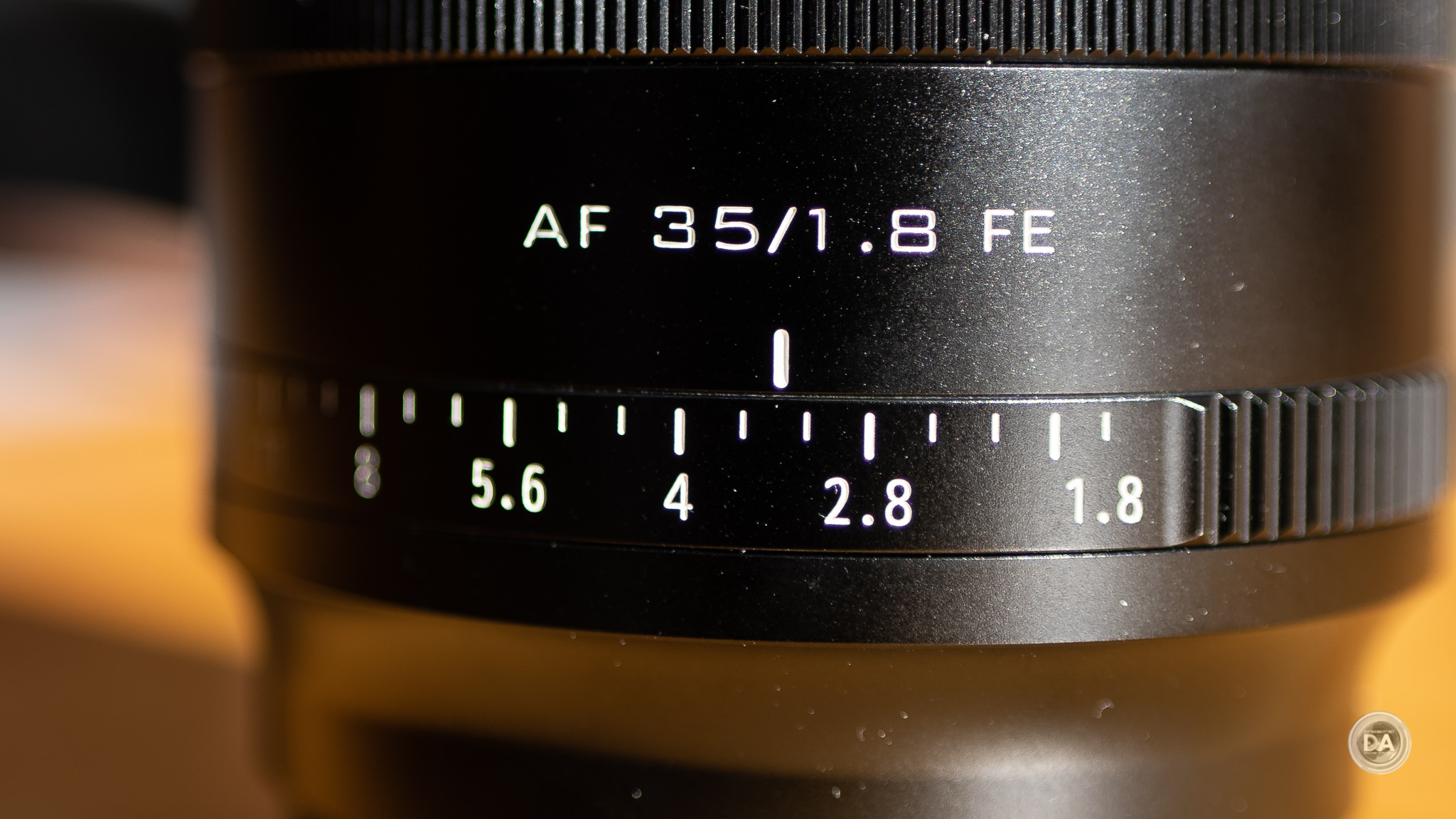










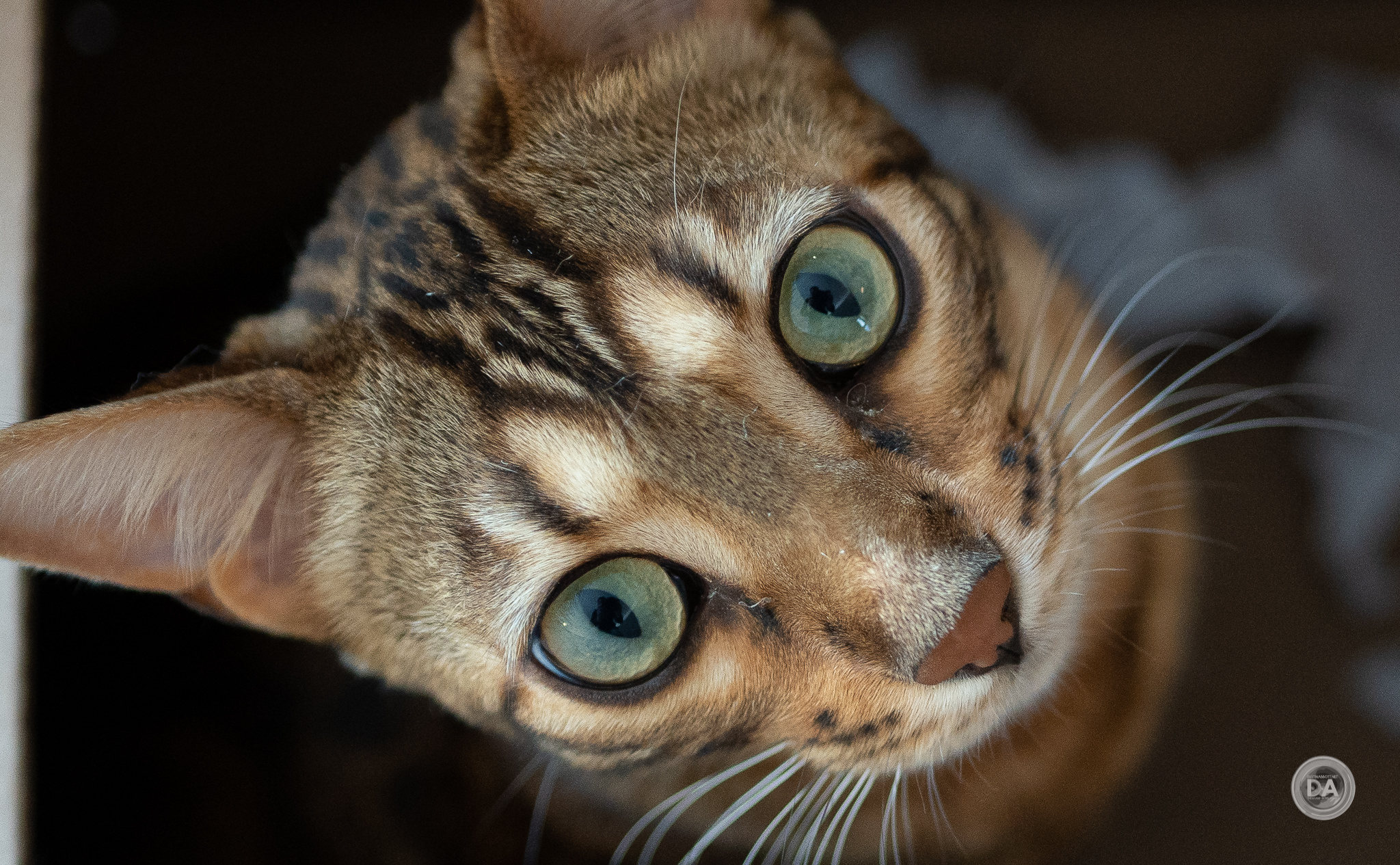



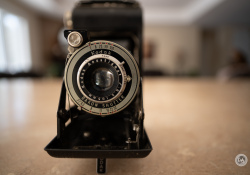















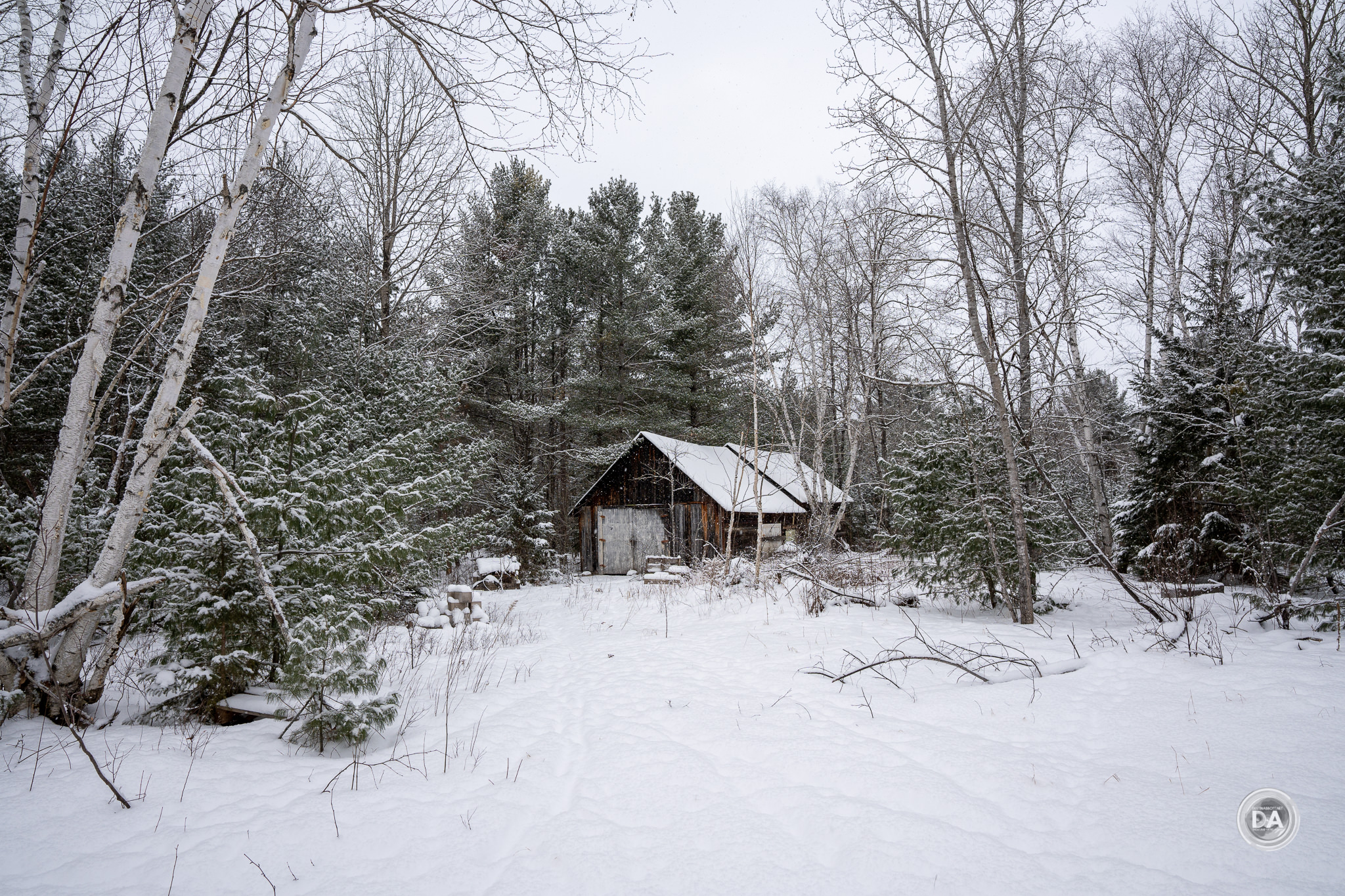








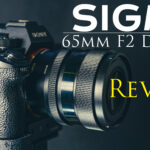



[…] lenses under their “ART” brand. There is already a 20mm F2 DN lens in their i-Series (which I reviewed here), but this new ART series lens is clearly pitched at competing with the top-shelf Sony G Master and […]
[…] lenses under their “ART” brand. There is already a 20mm F2 DN lens in their i-Series (which I reviewed here), but this new ART series lens is clearly pitched at competing with the top-shelf Sony G Master and […]
[…] Sigma 20mm F2 […]
[…] Sigma 20mm F2 […]